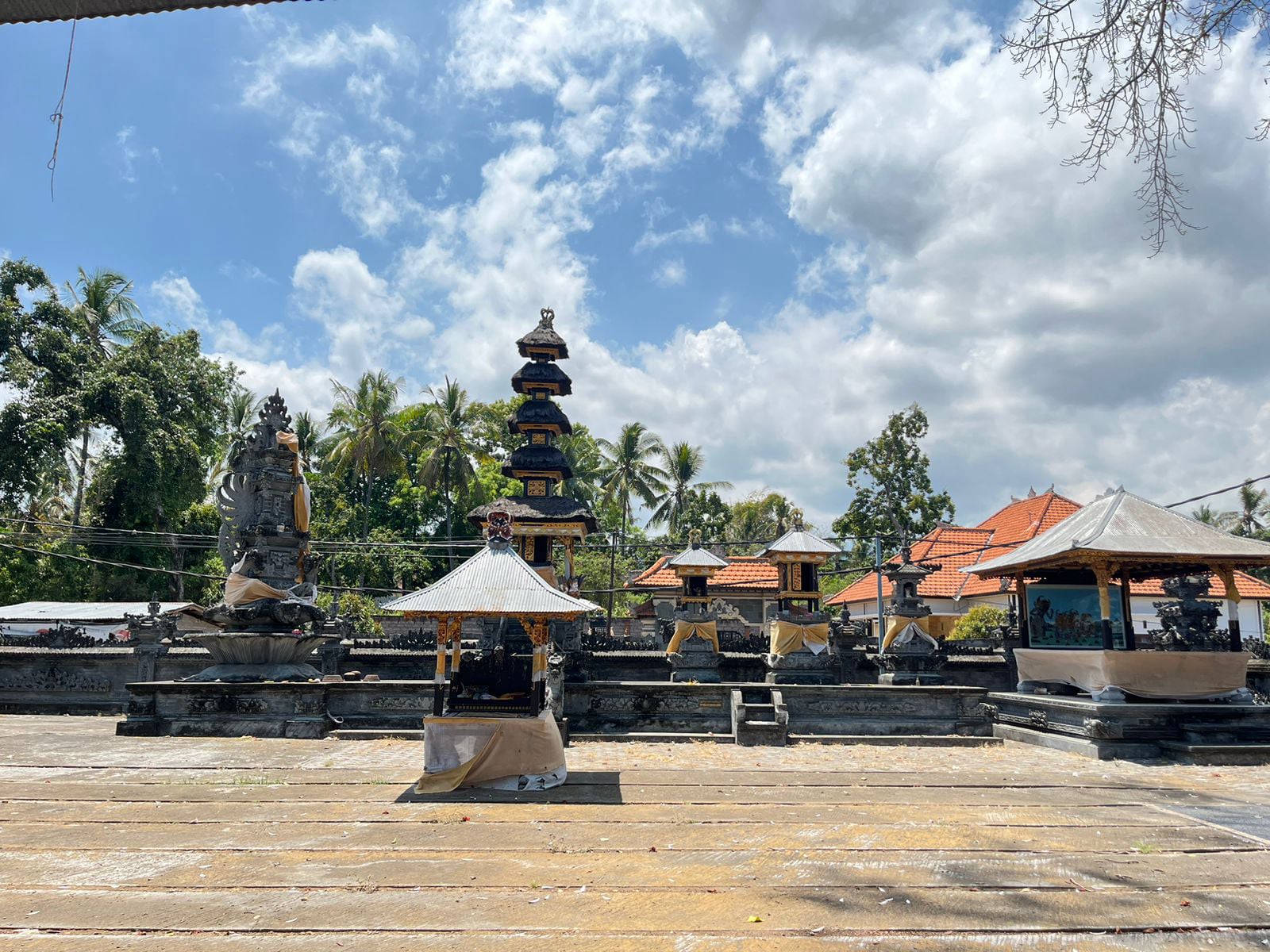
Puseh Temple
History
Pura Puseh is one of 3 important temples in Bengkala village. Pura Puseh stands at the eastern end, precisely at the entrance to the village. This Pura Puseh is believed by the villagers as the temple where the god Vishnu resides.
What distinguishes this Pura Puseh from most of the Pura Puseh in every village in Bali is that it has a pelinggih sedaan bawi (pig in Balinese) which is believed by the surrounding community, when having a pig farm, they pray for safety and smooth running in this pelinggih.

In addition, there is a story from this pelinggih sedaan bawi, namely when the god Vishnu came down to earth incarnated as bawi and met with mother Earth who is called mother basundari.
When mother basundari was weaving, then she let go of the loom and was saved by this bawi, then mother basundari married this pig. After getting married, she returned to her original form as the god Vishnu. On the other hand, this pelinggih sedaan bawi is closely related to the origin of the village of Bengkala. Where the name Bengkala comes from the word Bangkal which means pig. The odalan of this central temple is purnamaning karo, where 7 days before the piodalan ceremony begins, the community and the caretaker of the puseh temple hold a meeting of activities at the temple which will later be divided into bringing Banten/offerings if at any time there is a villager who dies, then the piodalan at the puseh temple will continue, but for families who have obstacles due to death are not allowed to enter the temple area.
actifities
Puseh Temple is a holy place that is rich in historical and philosophical value for the people of Bengkala Village. Visitors can take a cultural tour to learn the origin story of this temple and village. Additionally, meditation sessions in sacred areas guided by local figures provide a calming spiritual experience, while small traditional ceremonies can be a special moment to witness local wisdom firsthand.



